Tampa’s downtown riverfront has bloomed in the past decade or so, with the splendid Riverwalk connecting museums, parks, restaurants and other attractions. Slip on your walking shoes and head out for a day of history, art, terrific food options and people-watching.
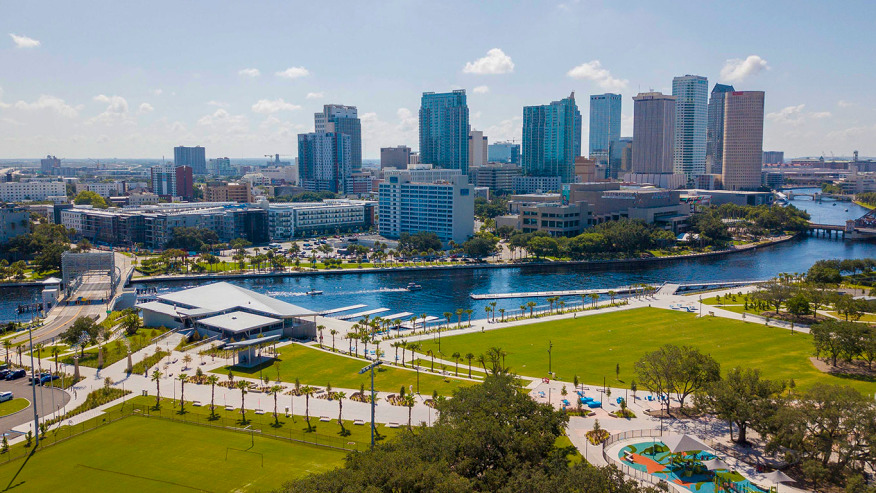
Rivers were essential to the commercial viability and growth of cities, and from the get-go the riverfront in virtually every American city was built up with docks and warehouses and industrial facilities. But as transportation infrastructure and manufacturing economies shifted, those once-thriving waterfront businesses shriveled and died, leaving behind rusting equipment, derelict buildings and weedy lots; depressing eyesores in what had once been the heart of the city.
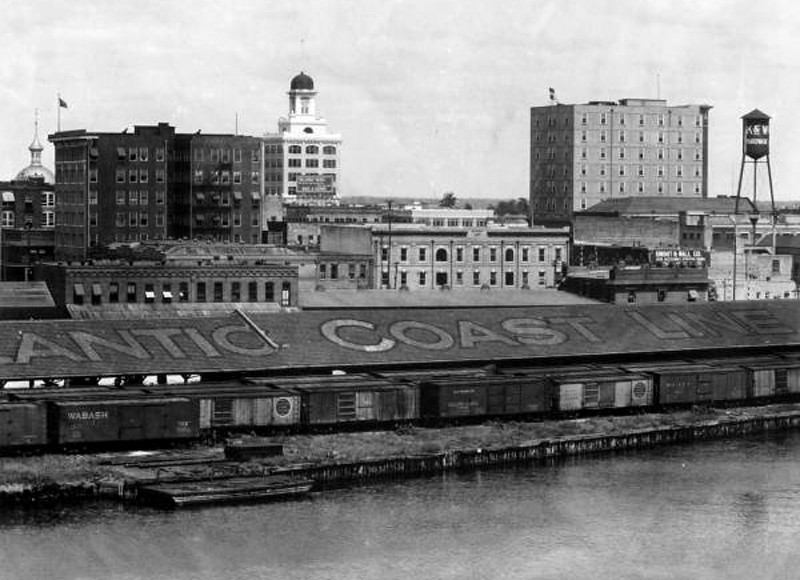
Then, some 50 years ago, a few visionary downtown makeovers broke the redevelopment ice and, as our decaying cities started to turn around, the aesthetic, recreational, and economic potential of America’s urban waterways began to be acknowledged. It was a gradual process, as political interests and financial wherewithal ebbed and flowed, but bit by bit city waterfronts across the US have been transformed.
Until the mid-1970s Tampa’s downtown waterfront was as unattractive as any, lined with aging warehouses and other decrepit facilities that had catered to the nearby Port of Tampa. Conceived as a bicentennial project, the original idea was to install a park and walkway behind the Civic Center on the east side of the Hillsborough River. The city created Curtis Hixon Park and built a short stretch of wooden plank boardwalk along the river, but a lack of funds to acquire adjoining properties and subsequent mayors’ disinterest in the project stalled development for years.
Finally, in the early 2000s, Tampa’s long-languishing Riverwalk project began taking shape in a big way.
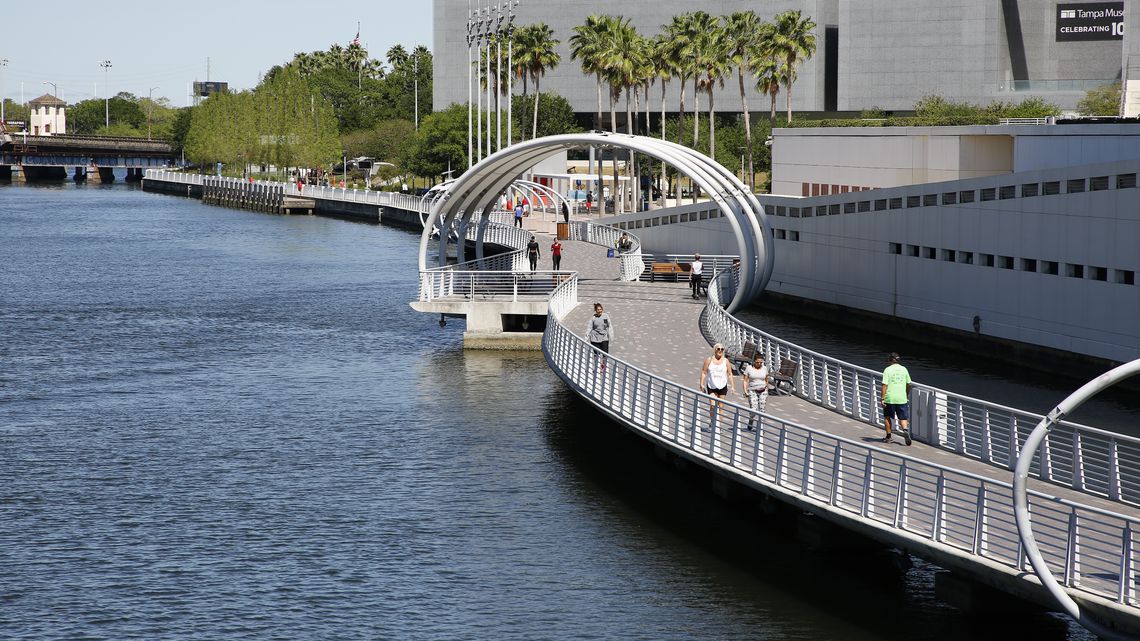
The old Tampa Museum of Art building and its parking garage were demolished, opening public access to the riverfront. New homes for the Tampa Museum of Art and the Glazer Children’s Museum were constructed on the north side of Curtis Hixon Park. The park was expanded to the south and entirely reconfigured by landscape architect Thomas Balsley, whose firm is best known for its fusion of landscape design and urbanism in public parks. These changes disclosed an expansive and unique view across the Hillsborough River to the legendary Tampa Bay Hotel structure and beyond.
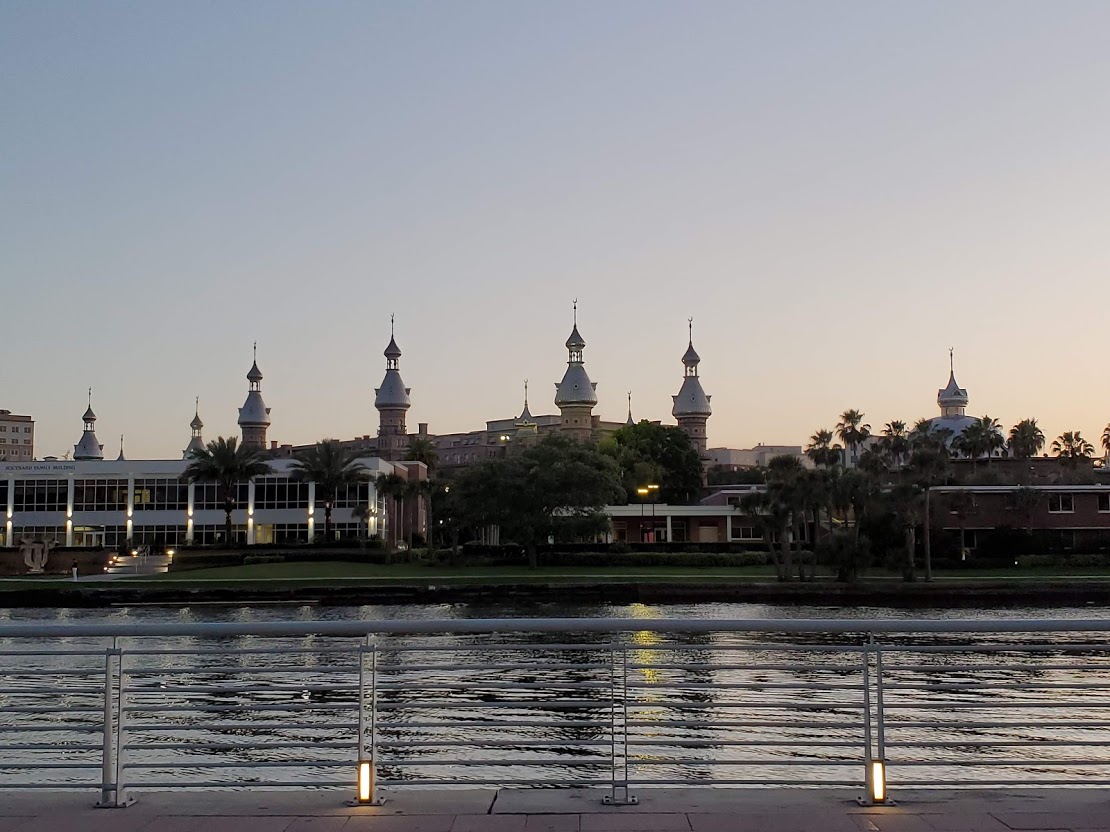
Today, Tampa Riverwalk is a 2.6-mile-long (4.2 km) pedestrian walkway along the Hillsborough River and Garrison Channel. It connects multiple parks, attractions, public spaces, restaurants and hotels, and is dotted with thirty bronze and marble busts and monuments representing noteworthy people and significant events that have shaped the history of the area.
The downtown portion of the Riverwalk runs alongside the Tampa Arts District and allows access to Curtis Hixon Park, MacDill Park, Tampa Museum of Art, Glazer Children’s Museum, Rivergate Tower (the “beer can building”), and adjacent atrium containing the Florida Museum of Photographic Arts. It extends south to the Tampa Convention Center and north up the east bank of the Hillsborough River to Water Works Park in Tampa Heights.
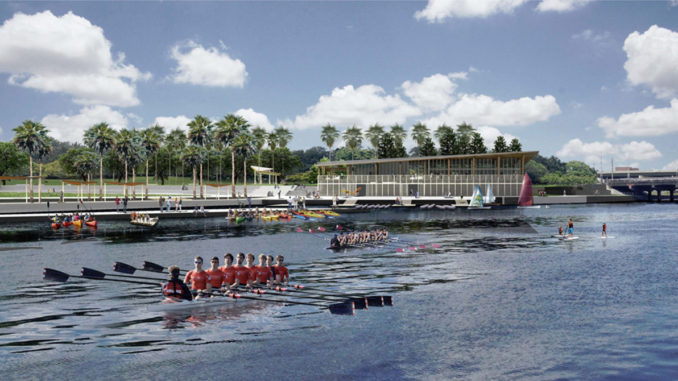
Water-bikers, paddle-boarders and kayakers ply the river, while a water taxi service makes numerous stops, from the Armature Works at the north end — with its Heights Public Market food hall and other restaurants including Oak & Ola and the ever-popular Ulele (make a reservation!) – to Columbia Café at the Tampa Bay History Center, The Sail Bar, and Big Ray’s Fish Camp at the southern end.
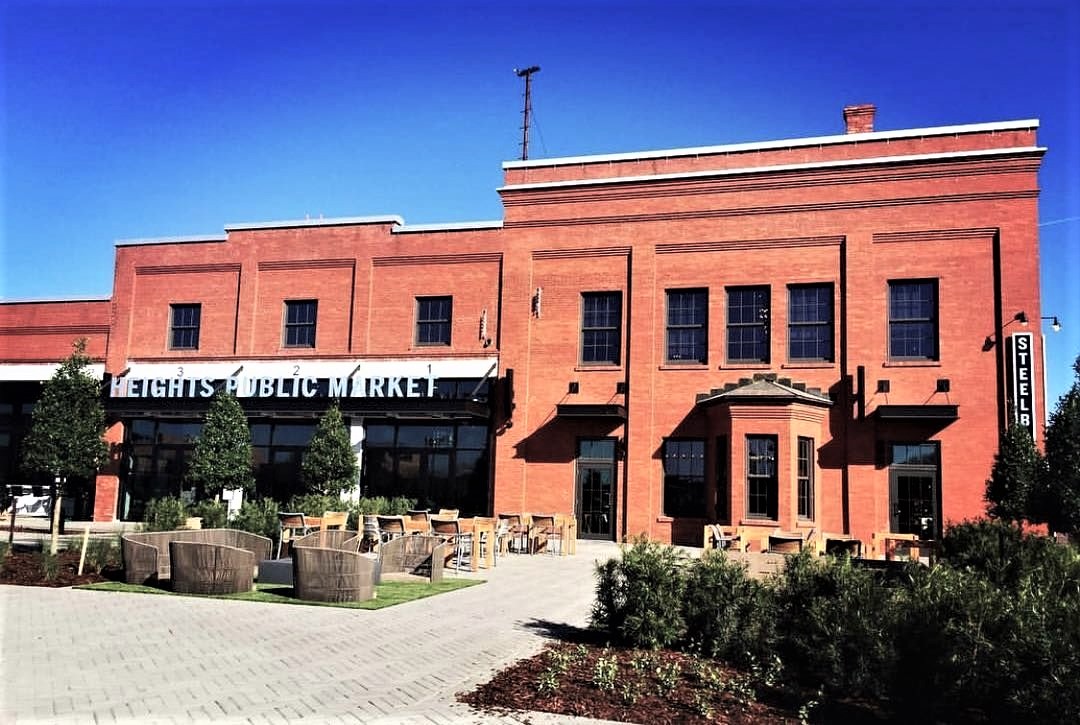
Not long ago deserted and disreputable, the Tampa riverfront has changed life in this city.
While we enjoy a good hike and wide-open panoramas, at heart we are urban explorers. It’s art museums, architecture, historic sites and botanical gardens that call to us when we travel. Trip planning always includes time on the ArtGeek.art search site to scope out the possibilities wherever it is we’re going in the US.
Our “Tampa” search produced six results: Tampa Museum of Art, the Florida Museum of Photographic Arts, the Henry B. Plant Museum, the University of South Florida Contemporary Art Museum, the University of South Florida Botanical Gardens — and since history is often well told through art and artifacts — the Tampa Bay History Center.
We preferred to remain in a walkable range of downtown so USF was too far afield; their contemporary art museum and botanical garden dropped from our list. The rest were within walking distance of our hotel and each other. Since we had only a day and a half, we narrowed our plan to three museums, taking a pass on the History Center.
Unfortunately, we failed to take note of the hours of the Photographic Arts museum. It’s open six days a week but — we learned too late — only in the afternoon. We’d planned on checking it out in the morning before leaving town, eager to see not only the photography exhibitions but the building itself. Called the Cube, it encloses is an architecturally-significant six-story atrium that is recognized as one of the most impressive interior spaces on the west coast of Florida. Disappointing. There’s a lesson there!
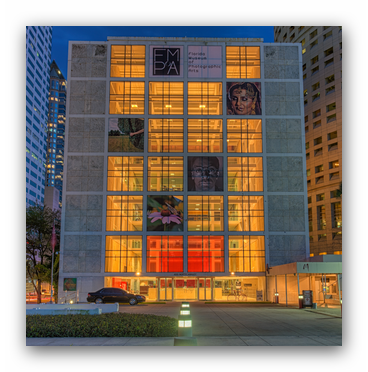
[Update: since writing this, the Florida Museum of Photographic Arts has moved from the Cube, due to open in an historic storefront in Tampa’s Ybor City, sometime in the Spring of 2023]
WHAT TO EXPECT
The fantastical turrets of the Plant Museum beckon through the trees across the river from the downtown waterfront, just across the Kennedy Boulevard Bridge. The small museum occupies the ground floor of the south wing of the former Tampa Bay Hotel (c. 1891), while the remainder of the massive National Historic Landmark building is occupied by The University of Tampa.
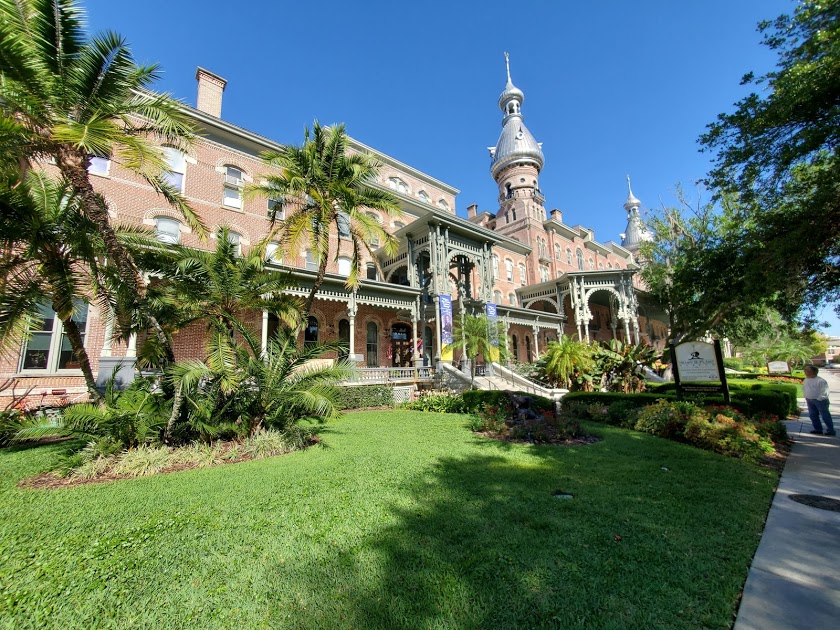
Henry B. Plant chose a fantastical Moorish Revival architectural design for his hotel. The style popular in Europe and the Americas in the wake of the Romanticist fascination with all things oriental. The structure has six minarets, four cupolas, and three domes. To this day, the Tampa Bay hotel is one of the most extravagant examples of Moorish Revival architecture in the United States.
Sometimes known as Plant Palace, the building is separated from the river by Plant Park, Tampa’s oldest public garden. A few pieces of art dot the park, including Au Coup de Fusil (1890). A life-size pair of hunting dogs was designed by the French artist, Eglantine Lemaitre, daughter of the renowned magician Jean-Eugène Robert-Houdin — from whose name the aspiring teenaged magician Ehrich Weiss conjured his sobriquet, “Harry Houdini”.
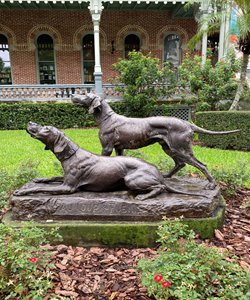
Height: 36 in.; Cast iron with bronze patina
Railroad and shipping magnate Henry B. Plant is credited with transforming Tampa from a backwater fishing village to an important American city. Plant brought the railroad to Tampa in 1884 and jump-started the local economy. He was called the “King of Florida” in his day.
Plant’s trains ran down the eastern seaboard from New York to Tampa. Here they connected to a local single-track rail running from downtown to the port, to carry goods and passengers to Plant Line steamships travelling to ports along the Gulf coast, in Cuba and elsewhere.
Vicente Martinez Ybor, a Spaniard, moved his cigar manufacturing enterprise from Key West to Tampa to take advantage of this transportation hub and the unprecedented access to wider markets. That industry employed thousands of well-paid workers, drawing many from Cuba, helping Tampa grow into a bustling city and giving it the nickname “Cigar City”.
Tampa Tidbit — In the late 19th century Tampa had the largest Cuban population of any city in the US, so José Martí, the “Apostle of Cuban Independence” looked here to recruit revolutionaries to fight for Cuba’s freedom from Spain. A tiny park in the Ybor City neighborhood is dedicated to Martí. If you manage to be there when the park is open, you can walk on Cuban soil. The park has dirt from every Cuban province, and this little piece of land was deeded to the Republic of Cuba in 1956.
The Tampa Bay Hotel was steeped in opulence, and guests were surrounded by exotic furnishings, porcelains, Venetian mirrors, and sculptures selected by Henry Plant and his wife, Margaret, on their trips to Europe. During their 2-month jaunt in 1889 they purchased “forty-four trainloads of furnishings” for the Hotel.
Open from December to April throughout the 1890s, the Hotel was the hub of Tampa’s winter social season, and a staff of 300 was “required to keep up the high standard.” The hotel hosted the likes of Teddy Roosevelt, the Queen of England, Booker T. Washington, Winston Churchill, and Stephen Crane. Babe Ruth signed his first baseball contract in the hotel dining room.
Following Henry Plant’s death in 1905, his heirs sold the hotel to the City and it continued to operate as a hotel, although its heyday was long past. Finally, in 1933, the building was turned over to a junior college which eventually became Tampa University, with the proviso that a small section be set aside to preserve the legacy of the original Tampa Bay Hotel.
The permanent exhibits at the Henry B. Plant Museum explore Plant’s business enterprises and illustrate the life and times of Florida’s early tourists. One of the displays, largely photographs and text, considers the part played by the city and the hotel in the United State Army’s invasion of Cuba during the Spanish-American War. Tampa was the assembly point, and the Tampa Bay Hotel was used as headquarters for general officers who came (with their families) to organize the invasion force.
Exhibit text tells us that “Officers and war correspondents resided in luxury at the Hotel” … while “the enlisted men were encamped in tents fighting mosquitoes, eating spoiled food and enduring stifling temperatures in their wool uniforms.”
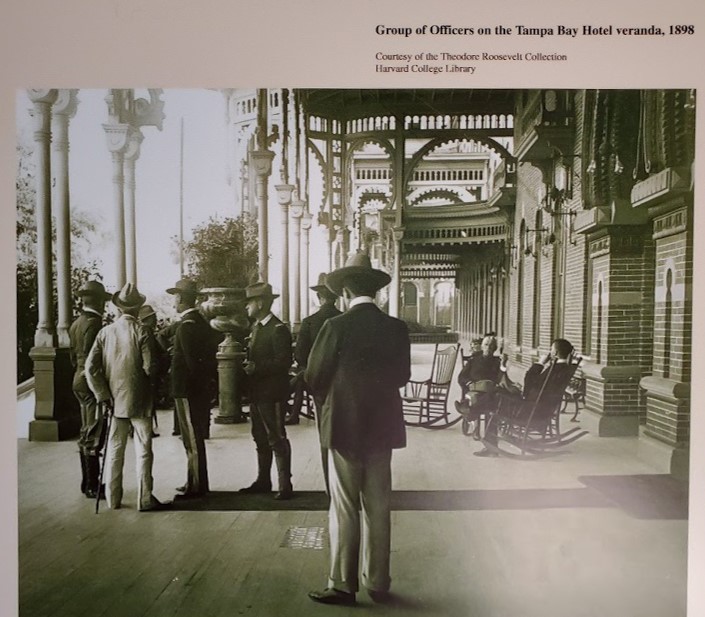
“One of the most remarkable and colorful units to arrive in Tampa was the United States 1st Volunteer Cavalry, or the ‘Rough Riders’, organized for the war in San Antonio TX, with a strength of 1,042 officers and men. A curious combination of Western cowpokes, Native Americans, polo players, policemen and Eastern Socialites, the regiment had been personally recruited by Theodore Roosevelt. (…)
“Itching for a fight, the hard-drinking, free-spending horse soldiers quickly won the hearty approval of Tampa’s citizens with their showmanship and boisterous behavior: The number of local legends inspired by the Rough Riders is really quite remarkable, considering they were in Tampa for less than a week.”
Despite the vastness of the building, the space allotted to the museum is limited so displays have had to be judiciously conceived to convey a sense of what life was like for guests at Henry Plant’s Tampa Bay Hotel.
Some rooms off the center hall are set as staged scenes, including a breakfast room and a guest room. An original bathroom and the Writing and Reading Room have been left intact. A couple of rooms are crammed with an illustrative variety of chairs, and another is filled with a display of garden furnishings.
The many ceramic garden seats which the Plants purchased during their European buying trips were originally placed throughout the Hotel’s extensive gardens and, along with briarwood benches and Chinese tables, in the Solarium.
The doors, floors and wood trim gleam with the patina of age, and every room is enhanced with architectural detail or decorative objects.
Collections of vases and small figural sculptures top every surface, ornate mirrors reflect the light, colorful oriental carpets cushion ones steps, and paintings line the walls. “Our museum collection is so varied”, says Nora Armstrong, Collections Caretaker. “High art, low art, hotel art, furnishings, decorations. Victorians loved it all.”
45-minute complimentary audio tour can be downloaded to your personal device or you may request a Museum hand-held device. A 14-minute introductory video – which refers to the Tampa Bay Hotel as Florida’s First Magic Kingdom — provides a vivid picture of Gilded Age life and times.
Henry B. Plant Museum is closed Mondays and on Christmas Day, Thanksgiving, and July 4th.
Open hours are: Tuesday – Saturday: 10 am-5 pm / Sunday: Noon-5 pm
Seen from the outside, especially at night, the Tampa Museum of Art is impressive. The 66,000-square-foot building, designed by San Francisco architect Stanley Saitowitz, has been singled out for numerous design awards. The exterior of the structure is clad in shimmering pierced aluminum, enlivened after dark by a construct of light-emitting diodes designed by Leo Villareal. 14,000 sq. feet of changing LED colors wash the south façade, reflecting on the surface of the adjacent river.
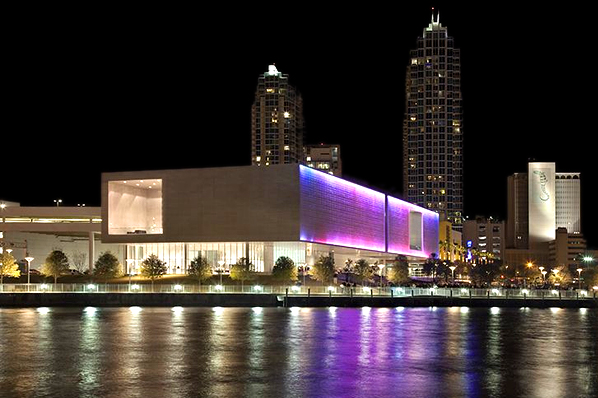
The interior boasts seven state-of-the-art galleries with innovative translucent ceilings and polished concrete floors.
For a major US city this is a relatively small museum. It occurred to me that the TMA is sort of an art-parenthesis museum in that it has a notable Greek and Roman Antiquities department, but the remainder of the museum focuses on Modern and Contemporary art. The global history of art between then and now is not represented.
(For that you’ll need to go further south in the Tampa Bay area to St. Petersburg, with its charming St. Petersburg Museum of Fine Arts which offers a broad, well-curated view of world art through the ages. Or head to Sarasota’s John and Mable Ringling Museum of Art where 21 galleries are filled with European art, from medieval works to Old Masters to the early-20th century.)
Within the Modern and Contemporary frame, however, the TMA collection is varied, including decorative arts and sculpture, works on paper, photography, and new media.
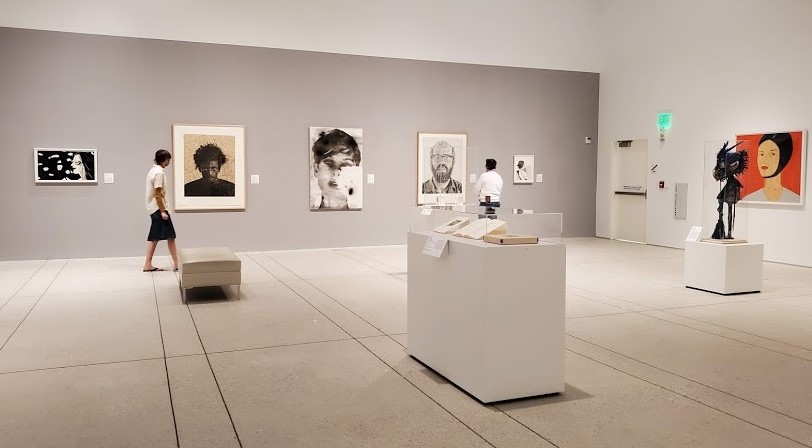
A wide range of artists are included, from Aaron Siskind, Alma Thomas and Andy Warhol, to Vik Muniz and Winslow Homer. One piece by any given artist is the norm, suggesting that the acquisition strategy has been to build a broadly representative collection of 20th and 21st century art.
The core of the collection of some 350 paintings was created after 1950, and the museum holds roughly the same number of decorative arts and sculpture objects. Approximately 1,000 prints, watercolors, and drawings illustrate key stylistic movements as well as the rise of printmaking as an important and accessible artistic medium.
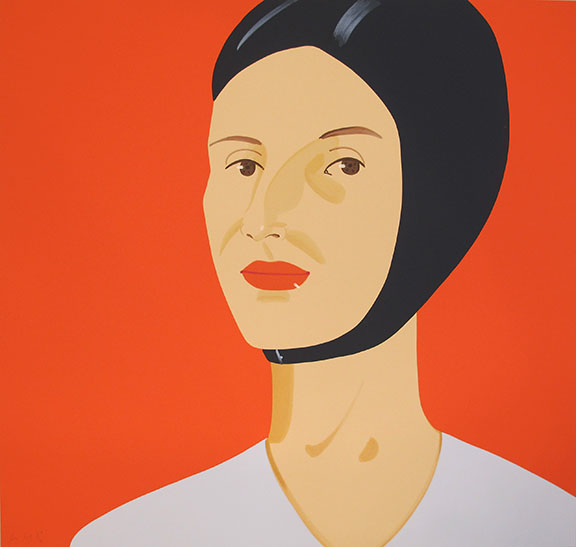
Bathing Cap (Ada), 2012, Alex Katz 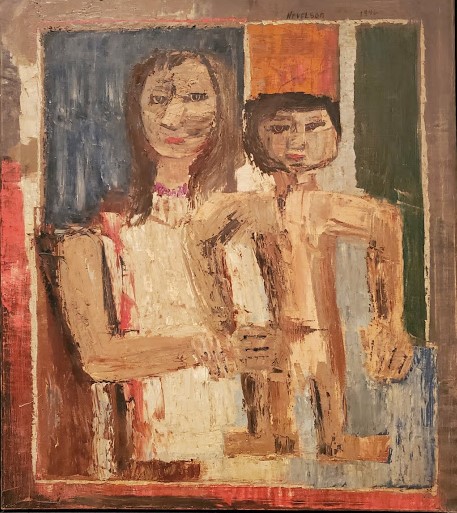
Mother and Child, 1946, Louise Nevelson 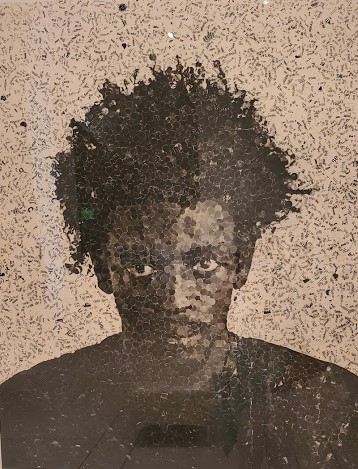
Jorge, 2003, Vik Muniz
The photography collection —with an emphasis on work created after 1970— now comprises more than 950 photographs and illustrates a range of processing techniques and approaches to the medium. At the time of our visit, an exhibition Her World in Focus: Women Photographers from the Permanent Collection (on view through September 5, 2021) highlighted important post-war women photographers, from the candid street photography of Dianora Niccolini to Jan Groover’s influential still life photographs, and Cindy Sherman’s iconic portraiture.
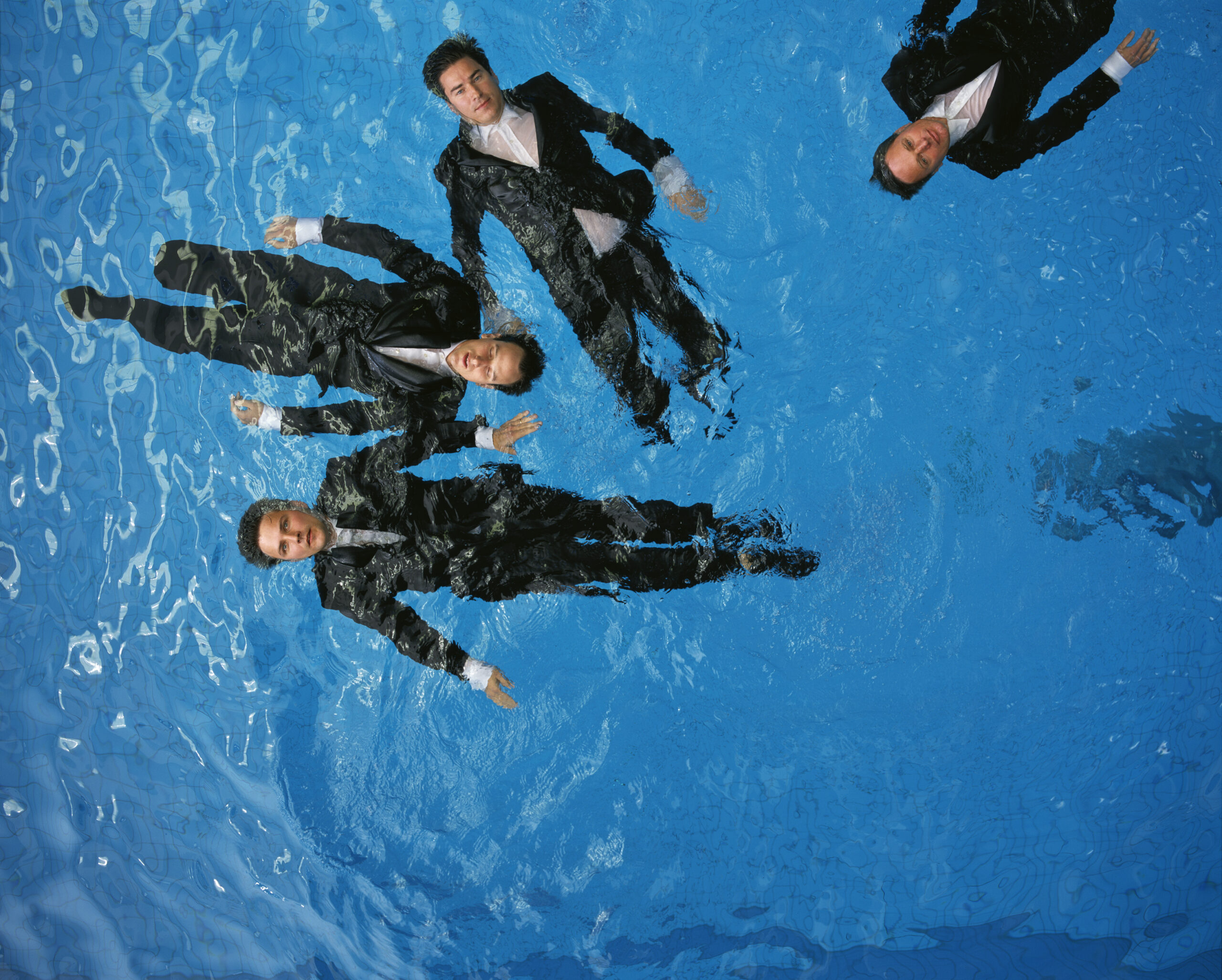
The Museum’s focus on new media, video, and installation art as a primary collecting area coincided with the opening of its new building in 2010. With the exception of two late-1970s VHS videos, the core of this collection was created in the 21st century.
At the other end of the art timeline, the Classical Antiquities collection stewards more than 660 works produced across many centuries, from nearly 3000 BC to around AD 500. The Classical World galleries are spacious and bright, with plenty of explanatory wall plaques providing the context of ancient mythology and contemporary life and traditions.
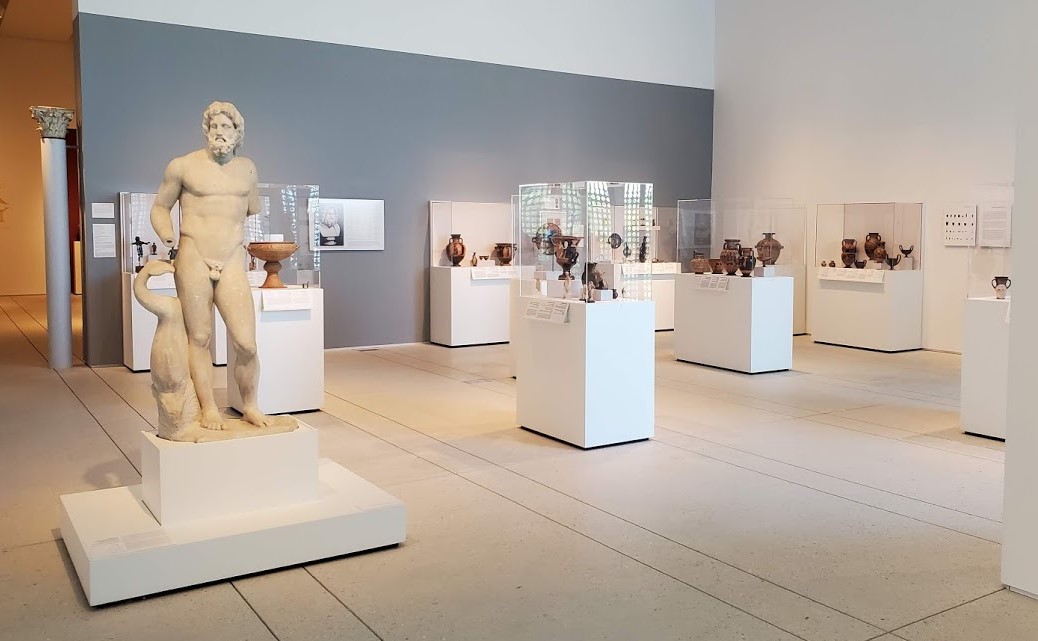
The collection includes vases and sculptures in terracotta, stone, and precious metal, as well as coins, jewelry, and glass vessels. The acquisition of the Noble Collection in 1986 added depth focused on techniques of ancient painted pottery, especially in the black- and red-figure pottery of Greece (particularly Athens and Attica) and South Italy, including numerous vases of interest for technical reasons as well as for their beauty and interesting iconography.
Tampa Museum of Art is open every day except Gasparilla, Thanksgiving, and Christmas Day. Open hours are:
Mon, Tue, Wed, Fri: 10 am-5 pm / Thu: 10am–8pm / Sat, Sun: Noon-5 pm
Featured header image: Façade of the Henry B. Plant Museum, Tampa FL. Photo by the author
Art Things Considered is an art and travel blog for art geeks, brought to you by ArtGeek.art — the only search engine that makes it easy to discover more than 1500 art museums, historic houses & artist studios, and sculpture & botanical gardens across the US.
Just go to ArtGeek.art and enter the name of a city or state to see a complete catalog of museums in the area. All in one place: descriptions, locations and links.
Use ArtGeek to plan trips and to discover hidden gem museums wherever you are or wherever you go in the US. It’s free, it’s easy to use, and it’s fun!
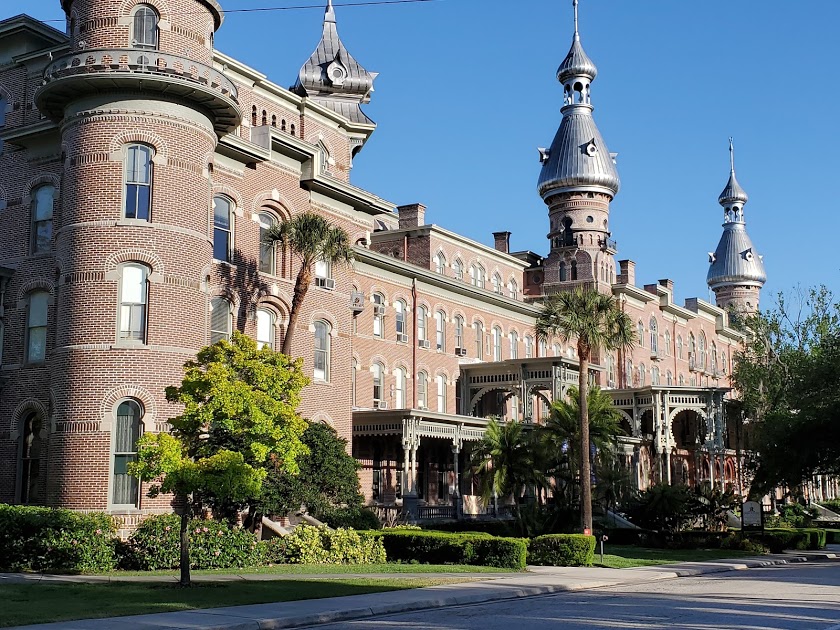
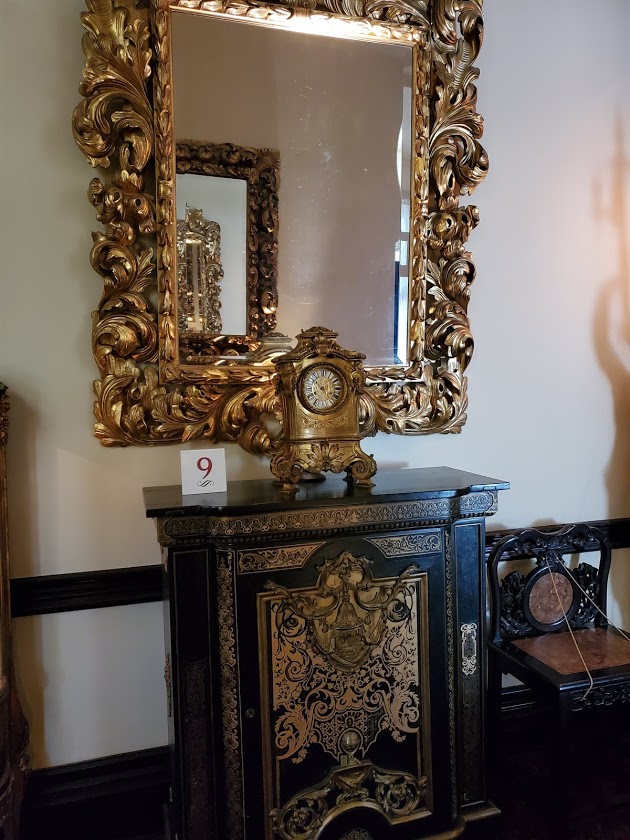
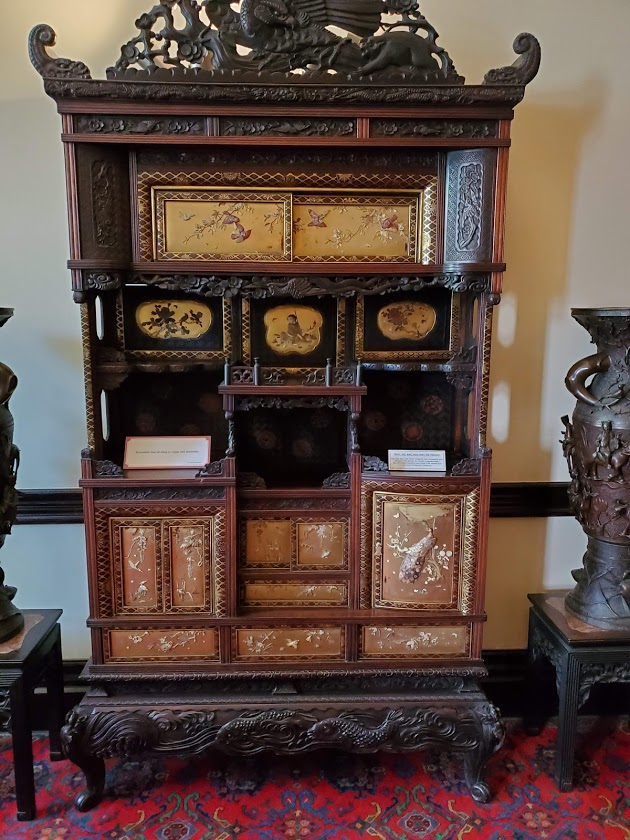
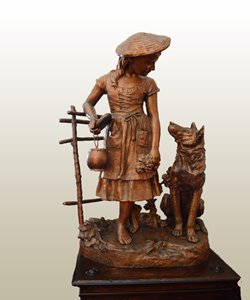
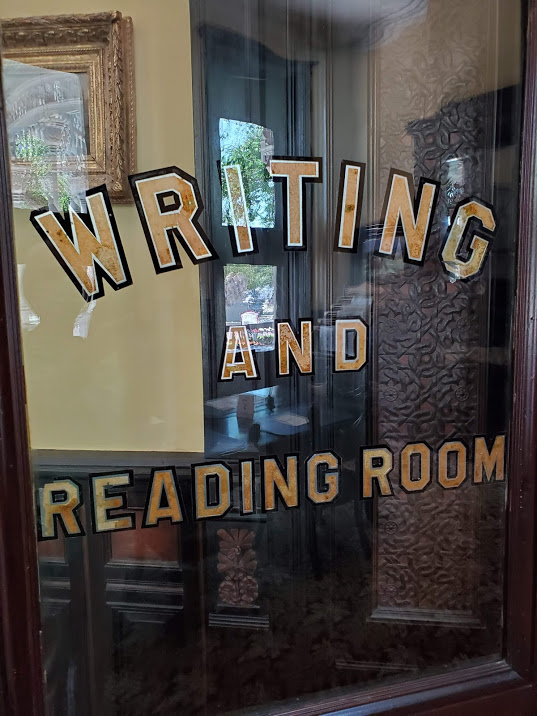
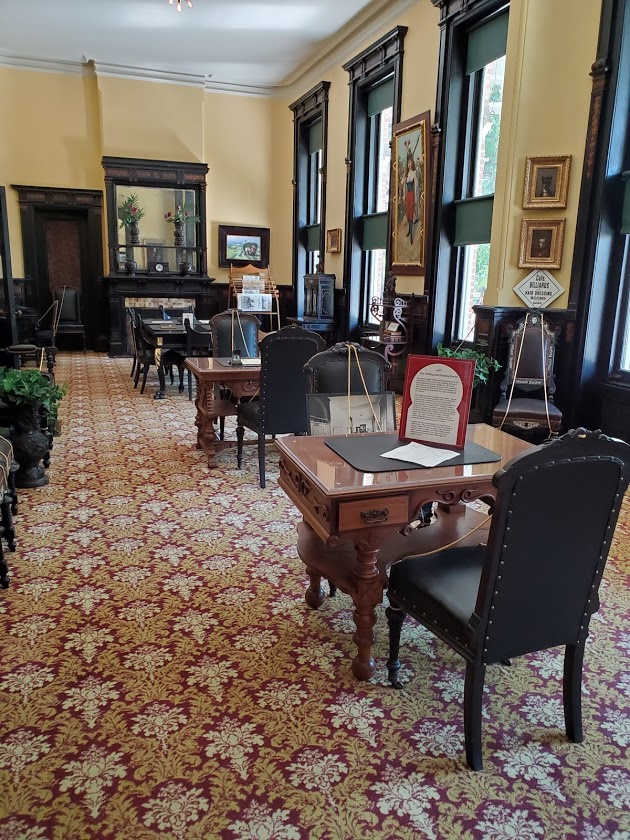
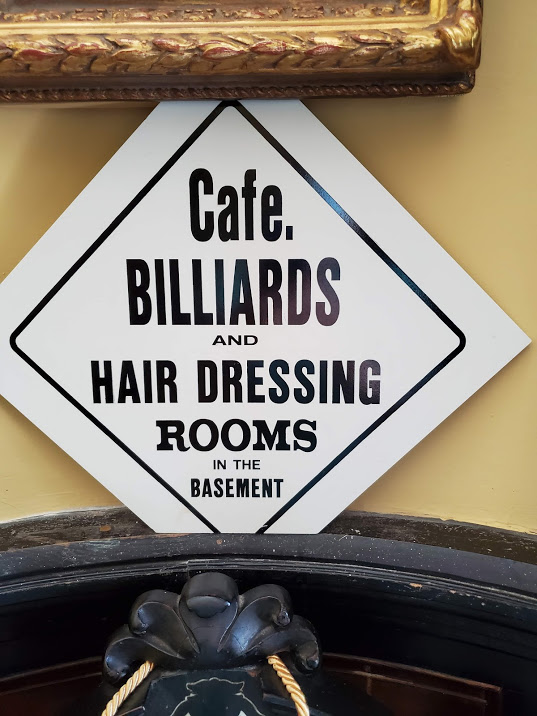
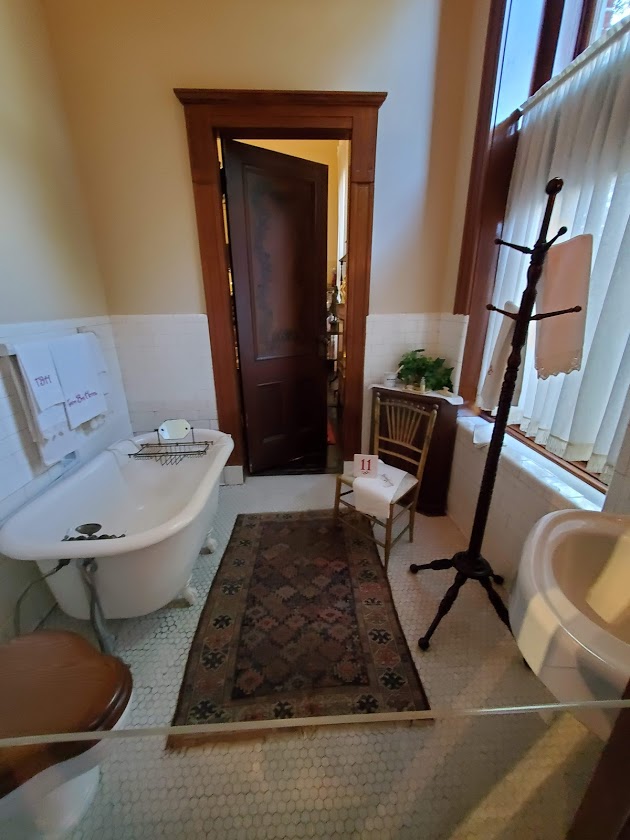
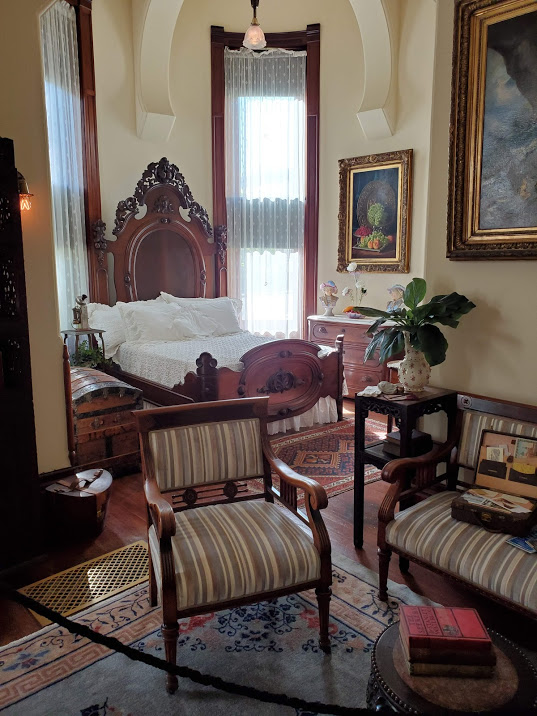
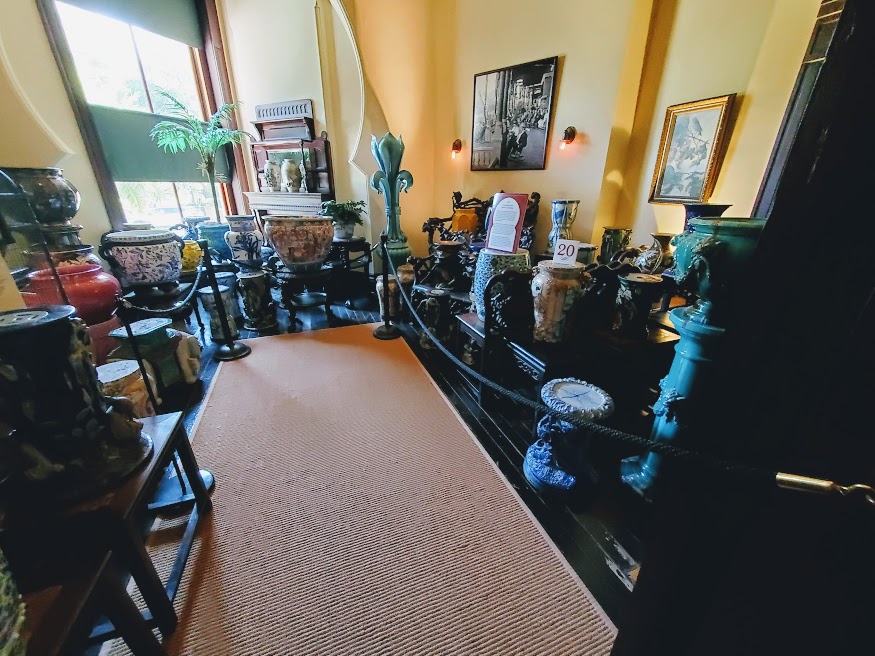
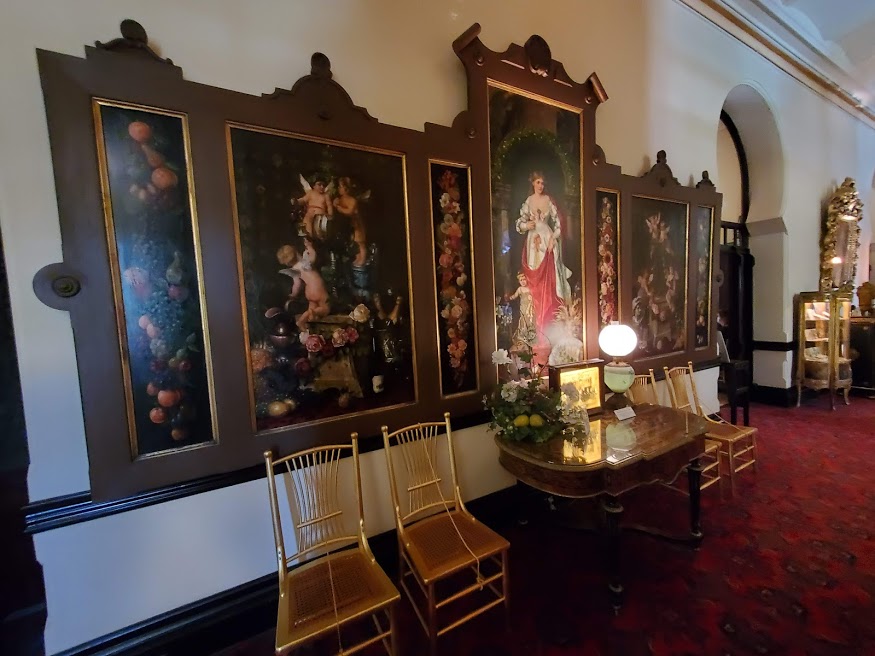
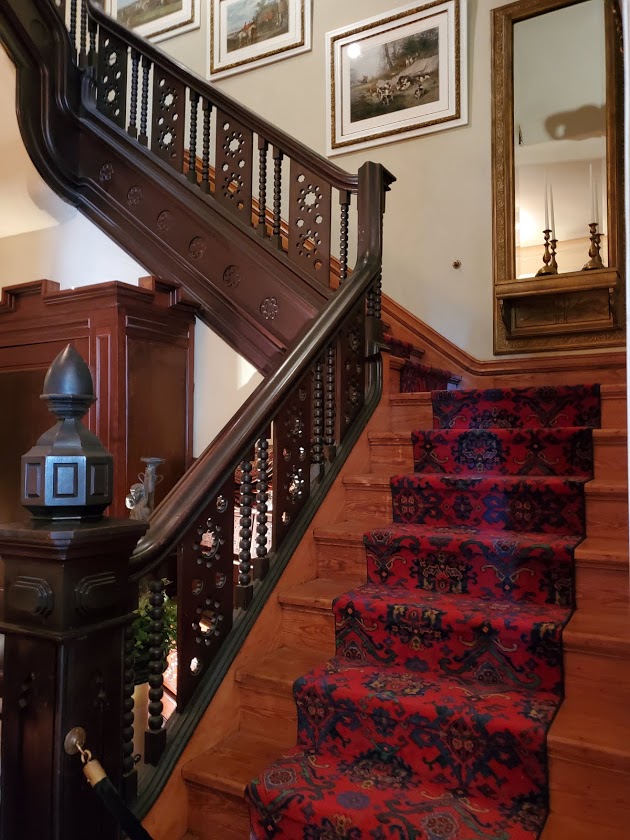
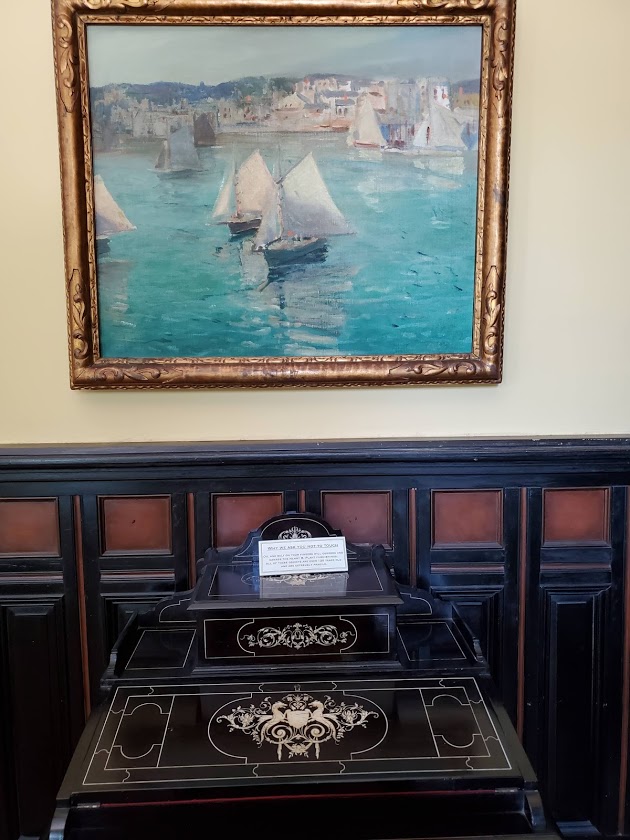
Hey! Someone in my Facebook group shared this website with us so I came to check it out.
I’m definitely loving the information. I’m book-marking and will be tweeting this to my followers!
Terrific blog and amazing style and design.
Thanks for your comment. We’re glad you like our blog!
Thank you for this interesting article! Very useful information.
Verification: VRFFE6DF6BD